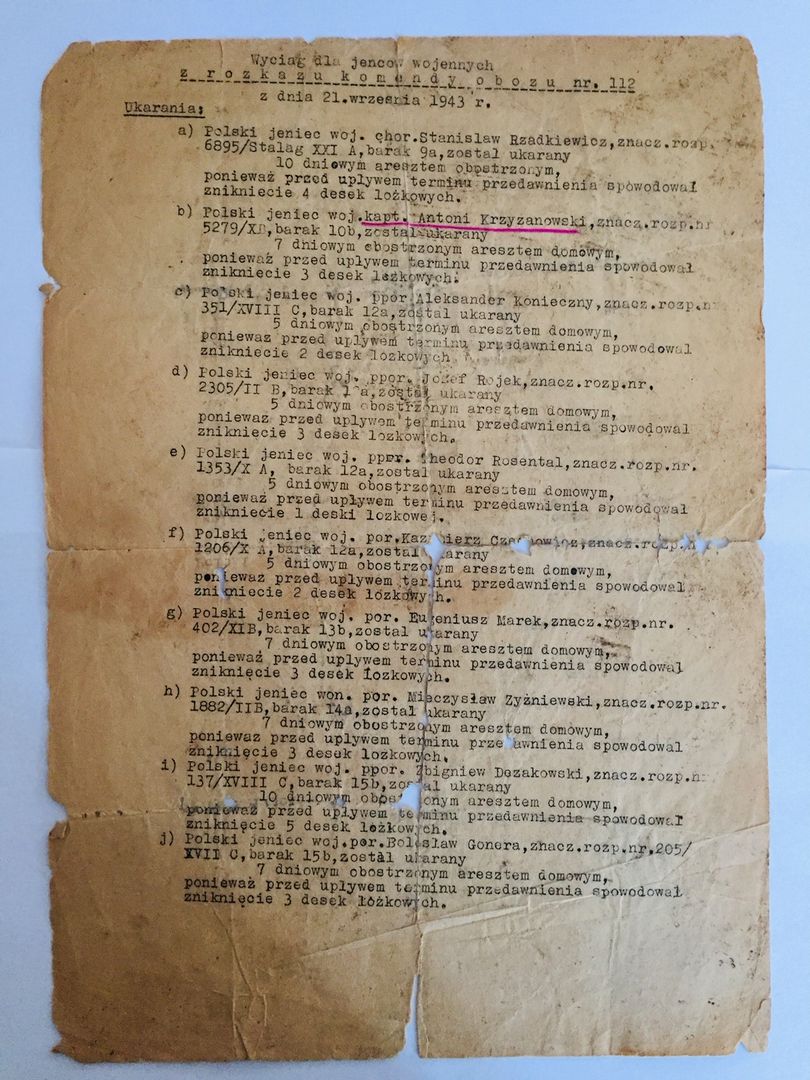Oflag II-C Woldenberg
8.11

Overview
Oflag II C Woldenberg was a German prisoner-of-war camp for officers of the Polish Army, located in Woldenberg (present-day Dobiegniew) during World War II. The camp covered an area of approximately 25 hectares and was constructed by Polish soldiers between 1939 and 1941. Its architecture included 25 brick barracks, kitchens, as well as administrative and cultural buildings. The site was surrounded by a double barbed-wire fence with guard towers and searchlights. In 1942, the camp held 6,740 prisoners.
Cultural activities in the camp were highly developed; courses and lectures were organized, along with various forms of artistic expression such as theaters, choirs, and libraries, which collectively housed over 15,000 volumes. Numerous language institutes and a pedagogical institute were established within the camp. Notably, a clandestine resistance movement operated there, through which prisoners planned escapes, maintained morale, and engaged in political activities. Oflag II C was characterized not only by dramatic escape attempts but also by a unique, organized cultural life that served as a form of resistance against the harsh realities of camp existence.
The camp was evacuated in January 1945, and the prisoners were liberated by the Red Army at the end of that month. After the war, the Oflag II C Museum and the Woldenberg Veterans Association were established in Dobiegniew to preserve the memory of the camp, its prisoners, and their patriotic legacy.
Location
2025 Wizytor | All Rights Reserved